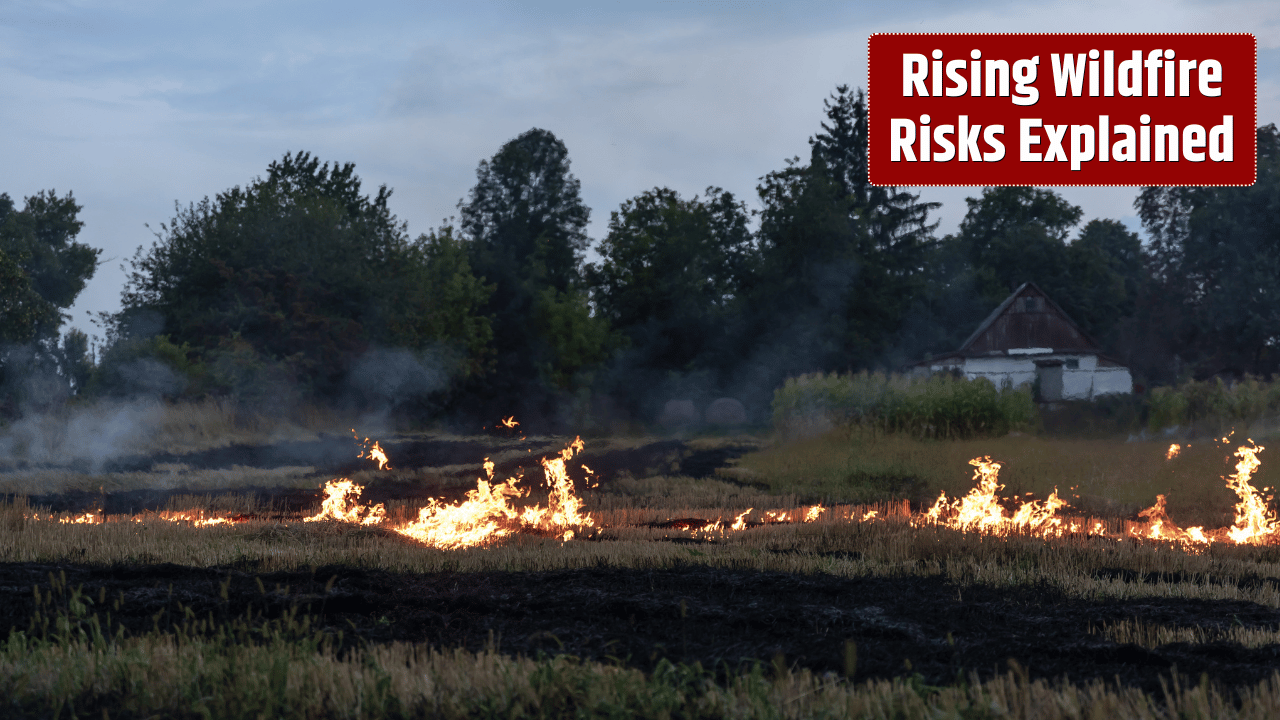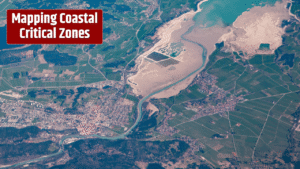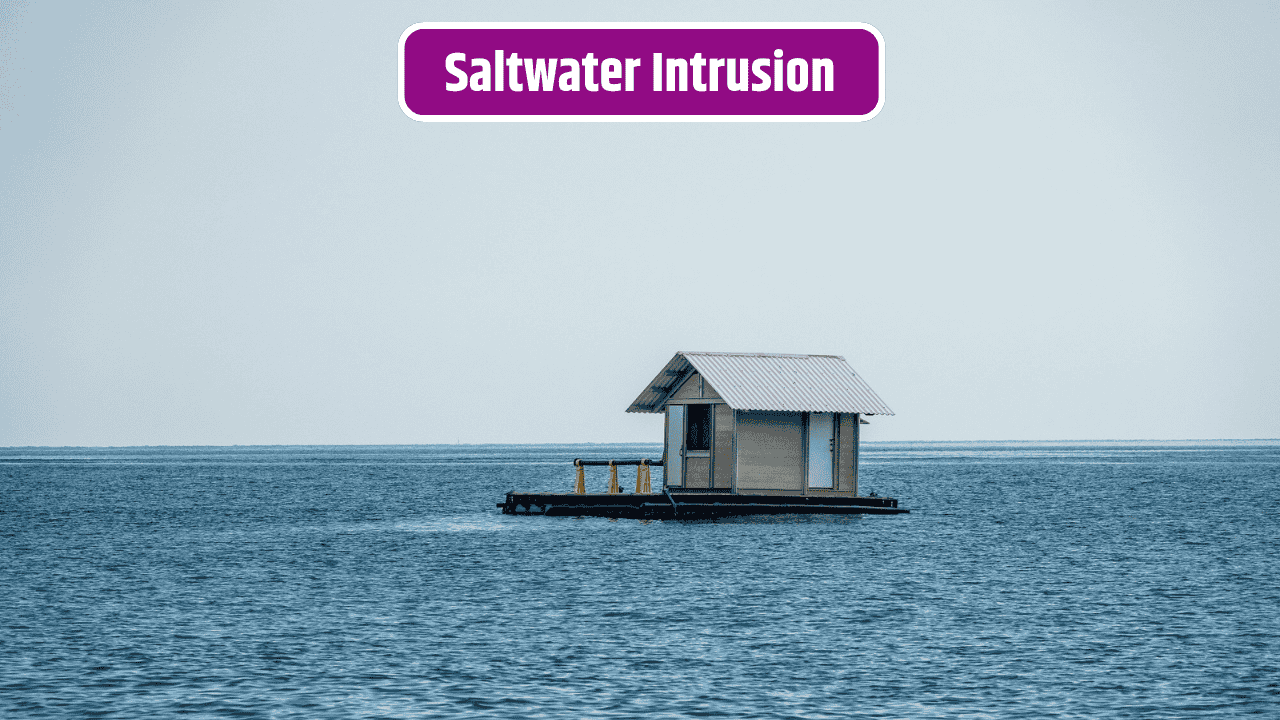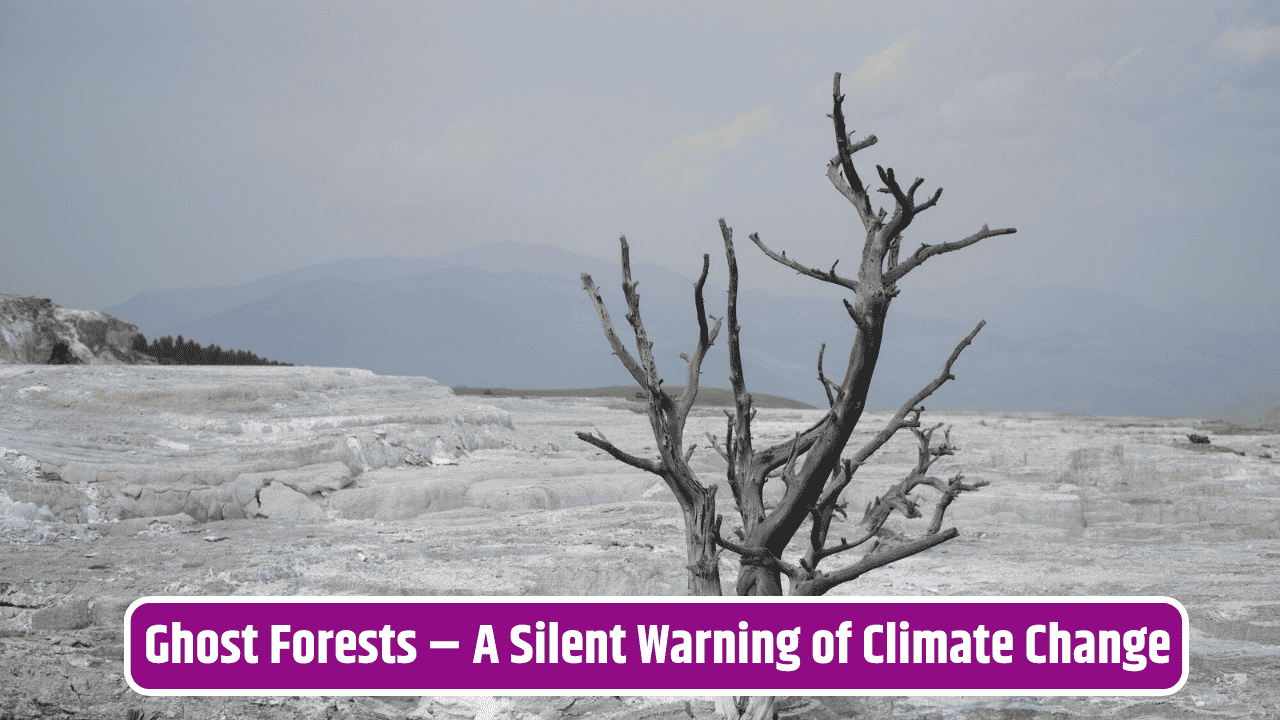It’s easy to picture wildfires sweeping across flat, dry landscapes like California’s Central Valley or Australia’s outback. But in recent years, some of the fiercest blazes have erupted in mountain regions—where fires once burned less frequently and less intensely. Experts say wildfire severity is rising dramatically in these high-altitude zones, and the hidden dangers stretch far beyond charred trees. From water security to landslides, the ripple effects could last for generations.
Table of Contents
Why Mountain Wildfires Are Getting Worse
Traditionally, mountain forests—think the Rockies, the Alps, or the Himalayas—saw cooler temperatures and more moisture, making them less prone to frequent, large fires. But that natural buffer is eroding. Climate change is warming high elevations faster than lowlands, snowpacks are shrinking, and droughts are stretching longer.
The result? Drier trees, parched soils, and conditions ripe for intense blazes. Add in more lightning strikes at altitude, expanding human development into forested slopes, and decades of fire suppression that left behind thick, flammable underbrush, and the recipe for mega-fires is complete.
The Hidden Dangers Few Talk About
Wildfire damage in mountain regions doesn’t end when the flames go out. In fact, experts warn the aftermath is often more destructive than the fire itself.
| Hidden Danger | How It Happens | Long-Term Impact |
|---|---|---|
| Water Contamination | Ash and debris wash into rivers and reservoirs | Polluted drinking water, costly treatment |
| Landslides & Mudflows | Burned vegetation can’t hold soil during heavy rains | Catastrophic floods downstream |
| Loss of Snowpack | Burned forests absorb more sunlight, melting snow faster | Reduced water supply for farms and cities |
| Carbon Emissions | Intense fires release stored forest carbon | Accelerates climate change |
| Ecosystem Collapse | Slow regrowth at high altitudes | Loss of wildlife habitat and biodiversity |
For communities downstream of mountain watersheds, the risks are huge. The U.S. Geological Survey notes that wildfire debris flows can destroy bridges, roads, and homes miles away from the actual fire zone. After Colorado’s 2020 Cameron Peak Fire, for instance, Denver’s water utility faced millions in cleanup costs as ash and sediment clogged reservoirs.
Why This Matters Globally
Mountain forests aren’t just scenic backdrops—they’re critical natural infrastructure. They store carbon, regulate river flows, and provide water for billions of people. When wildfires scorch these regions, the damage cascades far beyond local boundaries.
In the Himalayas, for example, fires combined with faster snowmelt threaten rivers that supply water to India, Nepal, and China. In Europe’s Alps, wildfires are rare but rising, adding pressure to already stressed ski economies and fragile ecosystems.
Experts Push for Rethinking Fire Management
The old model of simply extinguishing fires no longer works. Fire scientists and land managers now emphasize proactive management:
- Controlled burns and thinning to reduce fuel buildup.
- Stronger building codes for mountain communities, using fire-resistant materials.
- Watershed protection plans that prepare for post-fire flooding and contamination.
- Community education to reduce human-caused ignitions, still a leading source of wildfires.
The EPA also highlights the need for better air quality monitoring in mountain valleys, where smoke often lingers longer, posing health risks to residents.
The Bigger Picture
Wildfire severity in mountain regions is more than a forestry issue—it’s a climate, water, and public safety issue rolled into one. If we fail to adapt, entire downstream populations could face scarcer water, more floods, and degraded ecosystems.
As one researcher put it, “What burns in the mountains doesn’t stay in the mountains.”
FAQs
Why are wildfires in mountain areas worse now than before?
Rising temperatures, drought, denser forests from fire suppression, and human development in high-altitude zones all contribute.
How do wildfires affect drinking water?
Ash, sediment, and toxic chemicals can wash into rivers and reservoirs, making water harder—and costlier—to treat.
Are mountain wildfires more dangerous than lowland fires?
They’re often harder to fight due to steep terrain and thinner air, and their downstream impacts on water and landslides can be greater.
Can ecosystems recover after severe mountain fires?
Recovery is possible but much slower at altitude, where growing seasons are short and soils are thinner.
What can communities do to prepare?
Adopt fire-resistant building codes, protect watersheds, and support proactive forest management like controlled burns.










